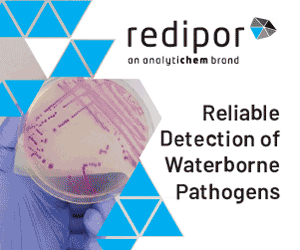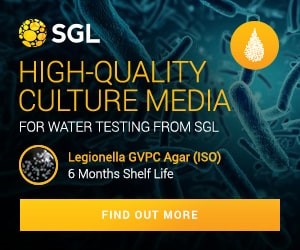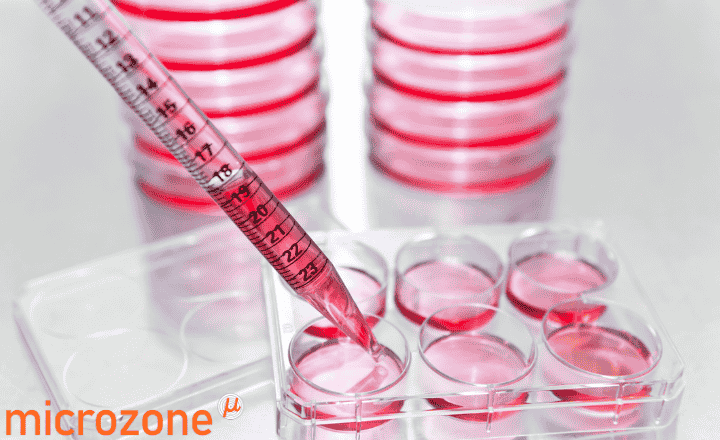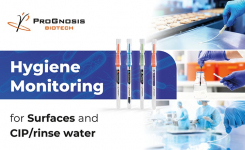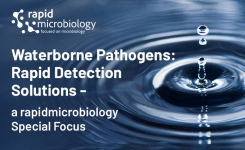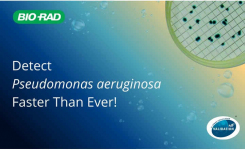Why This Matters:
- CT, NG, MG present with overlapping symptoms and are commonly treated empirically, potentially leading to inappropriate treatment.
- A fast, accurate POC nucleic acid amplification test (NAAT) can shorten time to diagnosis, improve treatment selection, and diminish further transmission.
- Demonstrating that the POC platform delivers laboratory-grade accuracy (~20 min turnaround) across specimen types and user settings supports its practical uptake in clinics, urgent care, and community settings.
Key Findings: Barbara Van Der Pol et al. (2025) present a multicenter clinical study evaluating the performance of the Cobas Liat CT/NG/MG nucleic acid amplification test (NAAT) both in the conventional laboratory and point-of-care (POC) settings.1 The assay targets three sexually transmitted infections: Chlamydia trachomatis (CT), Neisseria gonorrhoeae (NG) and Mycoplasma genitalium (MG). The authors tested 4,800 participants across 13 US sites and compared test results against a composite reference standard derived from three FDA-cleared NAATs as well as a lab-developed test. Sample types included male urine, female urine, and vaginal swabs.
- The Cobas Liat assay achieved specificities above 97% for each analyte (CT, NG, MG) and sensitivities ≥ 92% in most specimen types, regardless of symptomatic status.
- Exception: female urine specimens, sensitivity was lower: CT ≥ 87%, NG ≥ 83%, MG ≥ 77%).
- The invalid-rate was low (~0.6% initial, 0.1% after retest).
- Performance did not differ significantly between trained vs untrained operators—supporting ease of use in POC settings.
Bigger Picture: This study supports a shift toward point-of-care (POC) molecular diagnostics for STIs. Rapid detection of CT, NG and MG can facilitate targeted therapy, minimize unnecessary broad‐spectrum treatment, and interrup transmission chains. Going forward, implementing such POC assays will require integration into care pathways (i.e., linking diagnostics to treatment initiation) and cost-benefit modelling.
(Image Credit: iStock/anyaivanova)
References:
- Van Der Pol et al. (2025) Sensitivity and Specificity of the Cobas Liat CT/NG/MG Nucleic Acid Test in a Clinical Laboratory Setting and Point-of-Care Location. Journal of Clinical Microbiology. e0070625.




